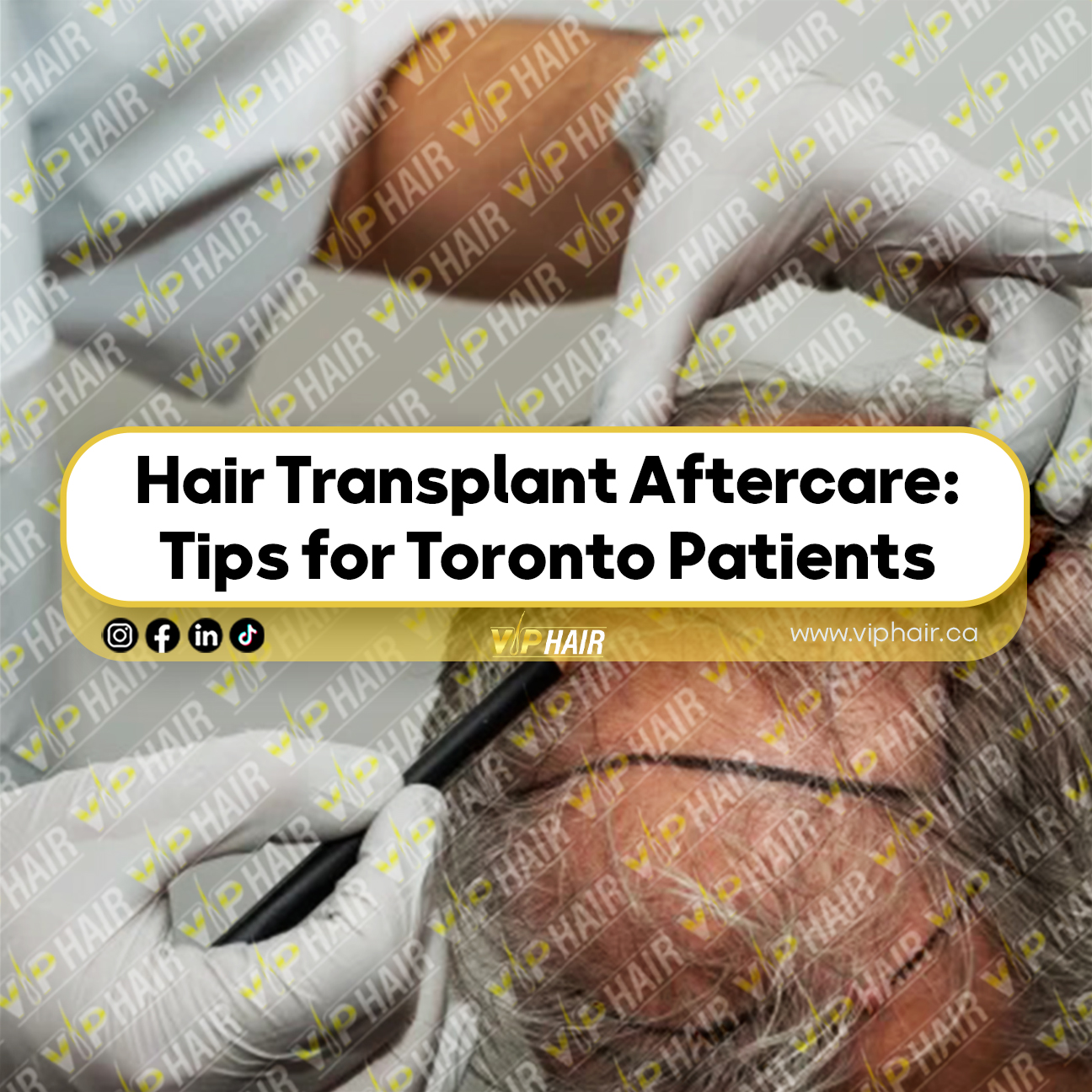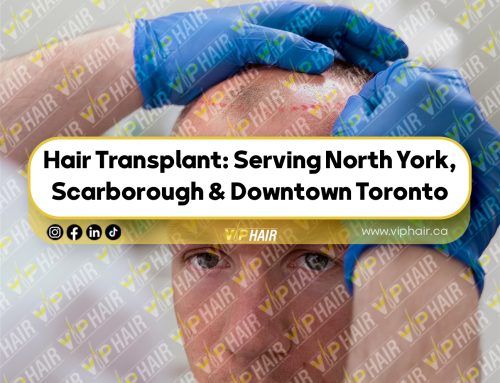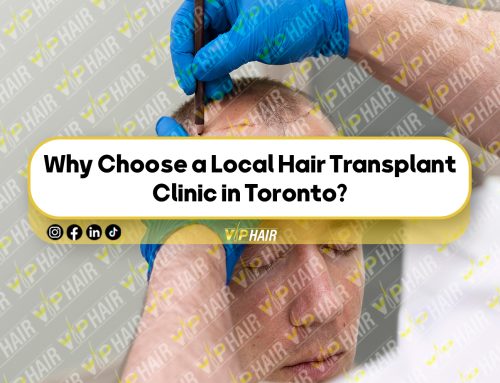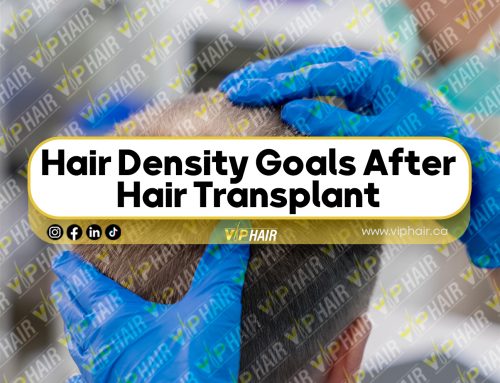Why Aftercare Matters More Than You Think
Hair transplant has become increasingly popular among Toronto men looking to restore confidence and redefine their image. But while choosing a reputable clinic and skilled surgeon is crucial, proper aftercare is the true game-changer when it comes to achieving long-lasting, natural-looking results.
Neglecting aftercare can lead to complications, infections, delayed healing, or even failed grafts. In this comprehensive guide, we’ll walk Toronto patients through everything they need to know about Hair Transplant aftercare—from day one to long-term maintenance.
Understanding the Healing Process
Toronto patients often wonder: “How long does it take to heal after a hair transplant?” The answer depends on your body, the technique used (FUE or FUT), and how well you follow aftercare protocols. Here’s a typical healing timeline:
-
First 3 Days: High risk of graft dislodgement; rest and head elevation are critical.
-
Day 4 to 10: Scabbing reduces, minor itching is normal, swelling subsides.
-
Week 2 to 3: Grafts settle, hair shedding may occur (a normal phase).
-
1 to 3 Months: Shedding continues, new growth starts beneath the scalp.
-
3 to 6 Months: Noticeable regrowth begins.
-
6 to 12 Months: Full results emerge.
Immediate Aftercare: The First 72 Hours Are Crucial
1. Keep Your Head Elevated
Sleep at a 45-degree angle for the first three nights. This reduces swelling and promotes better blood flow to grafts.
2. Avoid Touching the Grafts
No scratching, rubbing, or touching the recipient area. Use a neck pillow if needed to avoid contact during sleep.
3. Don’t Wash Your Hair Immediately
Wait at least 48 hours before your first gentle rinse. Use only the products recommended by your clinic.
4. Say No to Alcohol, Smoking, and Caffeine
All three can interfere with blood flow and slow down healing. Avoid for at least a week post-op.
Cleaning & Washing: Step-by-Step After a Hair Transplant in Toronto
Proper scalp hygiene prevents infection and promotes graft survival. Here’s how Toronto men should wash their hair:
-
Use lukewarm water only—no hot water.
-
Apply foam shampoo gently with fingers—do not rub or massage.
-
Let the shampoo sit for a few minutes to soften scabs.
-
Rinse softly using a cup or low-pressure shower.
-
Pat dry with a paper towel—never rub with cloth towels.
Repeat this routine daily for the first 7–10 days, or as instructed by your Toronto clinic.
Activity Restrictions: What Not to Do After Hair Transplant
Avoid these for at least 2 weeks:
-
Heavy workouts and cardio
-
Sexual activity (can raise blood pressure and risk bleeding)
-
Swimming in pools, lakes, or the ocean
-
Saunas, steam rooms, or hot tubs
-
Sun exposure without a hat
Toronto’s summer heat can be intense—wear a loose-fitting hat if you’re outdoors for long.
Nutrition and Supplements
To boost healing and hair regrowth:
-
Eat protein-rich foods like chicken, fish, eggs, and lentils.
-
Add biotin, zinc, and vitamin D to your routine.
-
Stay hydrated—Toronto’s climate can fluctuate, so drink enough water year-round.
Avoid vitamin E or aspirin right after surgery, as they may thin the blood and increase bleeding risk.
Managing Common Post-Transplant Side Effects
- Swelling
Use cold compresses on the forehead (not the graft area). Sleep upright for several nights.
- Itching
Use saline sprays or moisturizers approved by your surgeon. Don’t scratch—it may damage grafts.
- Shock Loss
Shedding of existing or transplanted hair is common and temporary. Don’t panic—this is part of the natural cycle.
- Redness or Pimples
These can occur as new hairs start to grow. Use warm compresses and inform your clinic if they persist.
Long-Term Hair Transplant Maintenance
- Switch to Gentle Shampoos
Toronto’s water may contain minerals that dry out the scalp. Choose sulfate-free, hydrating shampoos.
- Consider PRP Therapy
Many Toronto clinics offer Platelet-Rich Plasma (PRP) therapy to boost graft health and regrowth.
- Avoid Chemical Hair Treatments
No coloring, perming, or harsh chemicals for at least 6 months post-transplant.
- Use Minoxidil or Finasteride (if prescribed)
These can help prevent further hair loss and protect your investment.
Mental Health and Confidence Boosts
Many men in Toronto choose hair transplant not just for appearance, but for their mental well-being. Boosted self-esteem can lead to better relationships, career performance, and overall happiness.
Pro Tip: Take monthly progress pictures. It helps track your growth journey and boosts motivation!
Choosing the Right Toronto Clinic for Aftercare Support
Even after the transplant, your relationship with your clinic matters. Pick a team that offers:
-
Follow-up appointments
-
24/7 support lines
-
Clear instructions tailored to you
-
Access to specialists if complications arise
Some top Toronto clinics even offer aftercare kits with sprays, pillows, and supplements to make recovery easier.
Conclusion: Take Your Hair Transplant Seriously—Aftercare Is Everything
A successful hair transplant isn’t just about the procedure—it’s about the journey afterward. By following the tips above, Toronto men can protect their results, avoid complications, and enjoy the confidence they deserve.
Remember, your new hair is an investment. Take care of it like you would a prized possession. And if you’re still considering the procedure, make sure the clinic you choose in Toronto offers a comprehensive aftercare program.
Ready to take the next step toward your best hair yet?
Contact a trusted Hair Transplant clinic in Toronto and ask about their aftercare support before booking your consultation.






Leave A Comment